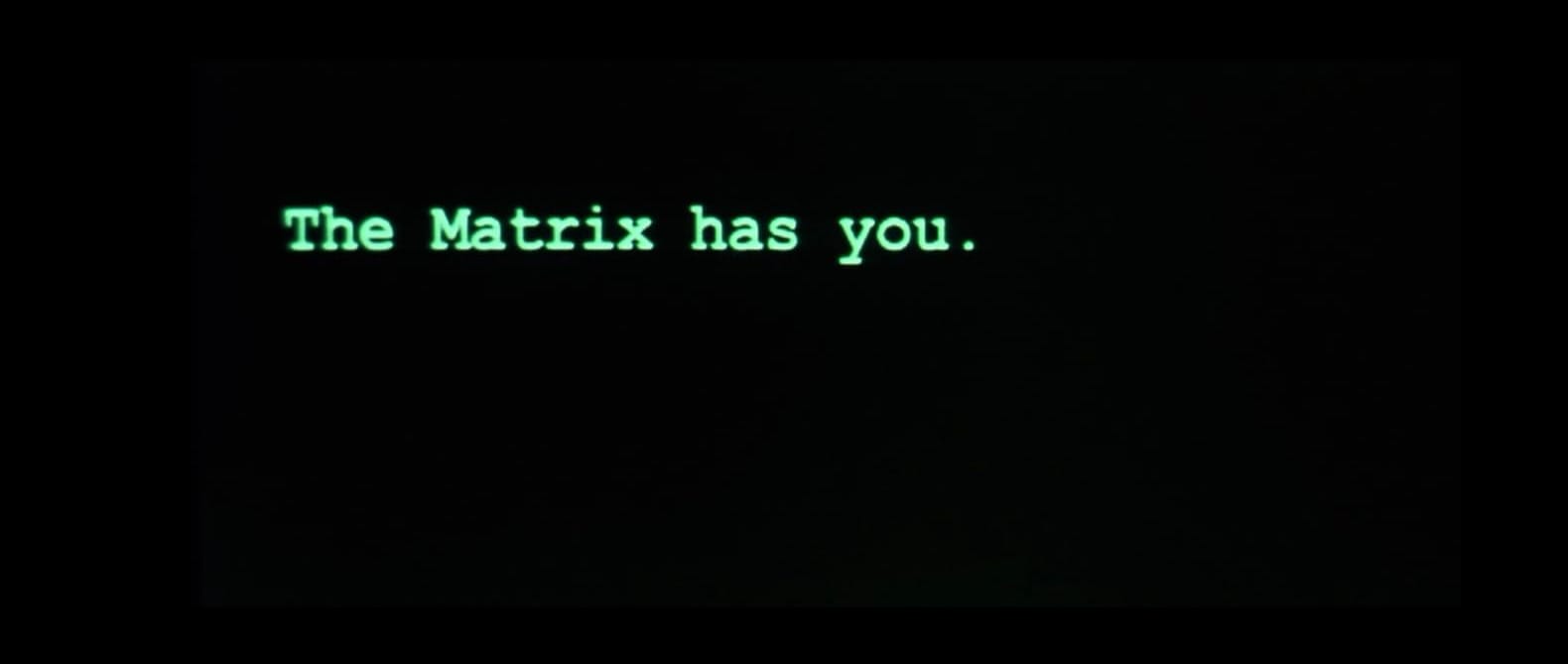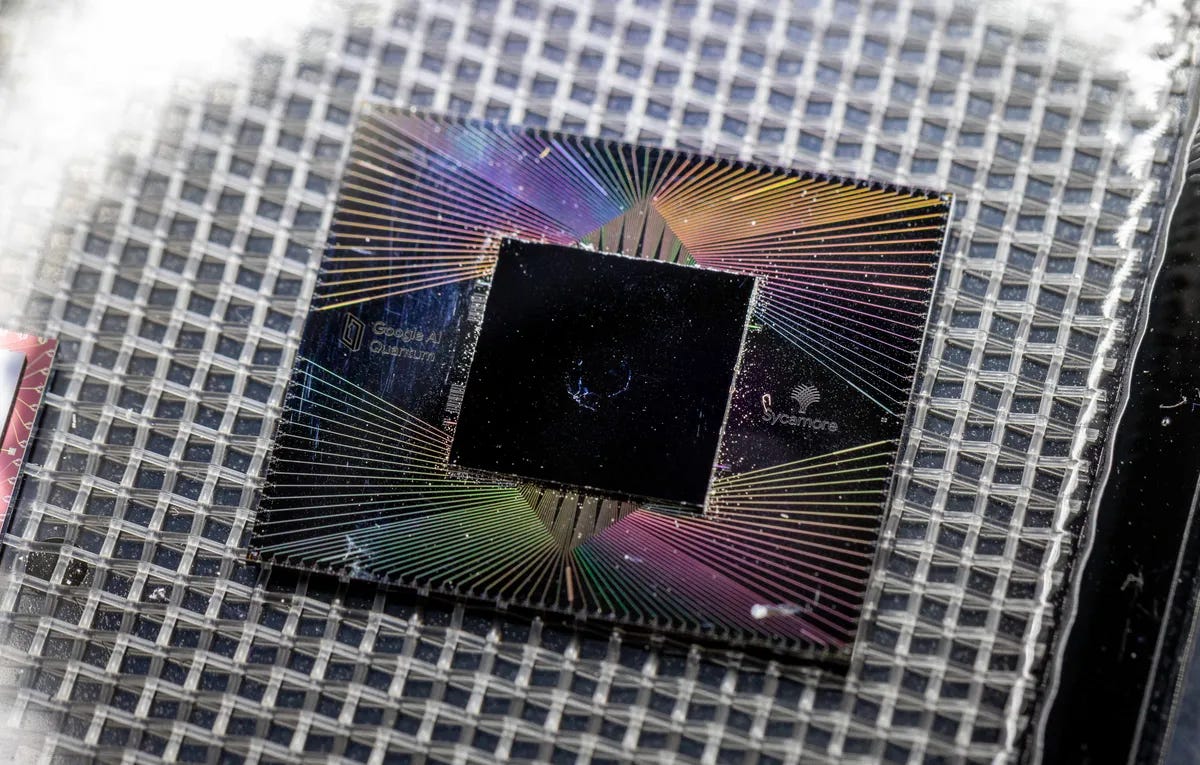Beyond distance. Beyond time. Beyond logic.
Physicists call it quantum entanglement, but now there’s something new. A new kind of entanglement, can make science fiction less… fiction.

“Your lack of fear is based on your ignorance.”
Liu Cixin, The Three-Body Problem
I thought a lot about that quote. And it turned into a question: When the impossible becomes possible, should we be worried?
Imagine you’re inexplicably connected to someone far away, as if an invisible thread connects you, beyond distance, beyond time, beyond logic. It’s not just a romantic idea or Sci-Fi conceit, it’s something that actually happens in the deepest laws of nature. Physicists call it quantum entanglement. Yes, we’ve talked about it before, but now there’s something new. A new kind of entanglement, can make science fiction less… fiction.
A spooky action at a distance
Put two particles at opposite ends of the universe, where no wire connects them, no message can be send, and yet, when you change one, the other reacts instantly, as if they share a thought. It sounds like a kind of magic, but it’s the very real phenomenon that Einstein once called “spooky action at a distance.” Today, it’s no longer just a theoretical oddity, it’s the backbone of emerging technologies in communication, computing, and cybersecurity. It’s a practical tool, a real-world resource that enables quantum cryptography (QKD), and quantum computing. The process of particle entanglement itself is still unclear. We’ve done it in the lab, but that doesn’t mean we fully understand how it works. Indeed, quite recently, a team of researchers has observed a completely new kind of entanglement, something we’ve never seen before.
The new kind of entanglement
Until now, scientists had observed entanglement in properties of particles such as spin (how a photon “twists” around itself), polarization (the orientation of its electromagnetic field), and orbit (its direction or path through space), but a research team led by Amit Kam and Shai Tsesses observed a new type of quantum entanglement that involves none of these, ‘cause it involves something much harder to isolate: total angular momentum, a kind of “combined rotation” that includes both the photon’s internal spin and its orbital motion around an axis. And here’s the kicker:
We observe that entanglement in TAM leads to a completely different structure of quantum correlations of photon pairs, compared with entanglement related to the two constituent angular momenta. This work paves the way for on-chip quantum information processing using the TAM of photons as the encoding property for quantum information.
We entangle those nanophotonic states by coupling photon pairs to plasmonic modes and use quantum imaging techniques, to measure their correlations.
At the nanoscale, smaller than the wavelength of light itself, the properties of photons merge into a single, inseparable entity, and this merged property has been successfully entangled between two photons for the first time. That means they were connected by something hidden in the structure of light itself. A quantum state that only exists when you shrink reality down to almost impossible scales, entering the realm of “nanophotonics”, where light obeys the rules of the ultra-small. And doing this gives us two key payoffs:
(1) We can miniaturize optical devices.
(2) We can enhance the interaction between light and matter.
Miniaturizing means we can build lasers, cameras, sensors, or quantum chips a thousand times smaller, lighter, and more efficient. Enhancing interaction means we can control photons more precisely, carry more data, and design next-gen quantum tech: ultra-sensitive sensors, lightning-fast computers, unhackable communication systems.

Science fiction… Unleashed?
Let’s try to connect all this to science fiction, not only ‘cause we like it, but also for the way it’s always predicted or foreshadowed certain concepts, working on the possibilities that lay within its horizon. The fact that you’re reading this on a sharing platform based on a system of connected nodes shows that science fiction is relevant to all of us:
Mind-machine merging: Ghost in the Shell, Neuromancer
Photons entangled by total angular momentum could carry more information per unit, enabling ultra-efficient neural interfaces, making real-time brain-computer connections no longer science fiction.
Simulated realities: The Matrix, Transcendence
Quantum entanglement enables parallel processing on a massive scale. We’re not building dream worlds yet, but quantum computers are already simulating molecules and running complex models unthinkable for classical machines.
Instant communication across galaxies: Interstellar, Arrival
We can’t send messages faster than light (yet), but entanglement doesn’t depend on distance, and experiments suggest systems that could use it to synchronize states in an instant, paving the way for deep space communication.
Unbreakable encrypted worlds: Black Mirror, Snow Crash
Quantum key distribution (QKD) makes data theft physically impossible.
This new form of entanglement has the power to reshape the way we compute, connect, and communicate. We’re not traveling through wormholes yet, but we may have just found the key to open them. And this isn’t just something that’s relevant to CERN or astrophysics labs. It’s something that affects all of us as people. It’s something we’re dealing with right now.
Should we be worried?
Near-field photon entanglement in total angular momentum
Amit Kam, Shai Tsesses, Yigal Ilin, Kobi Cohen, Yaakov Lumer, Lior Fridman, Stav Lotan, Anatoly Patsyk, Liat Nemirovsky-Levy, Meir Orenstein, Mordechai Segev & Guy Bartal.
In the 1930s when scientists, including Albert Einstein and Erwin Schrödinger, first discovered the phenomenon of entanglement, they were perplexed. Entanglement, disturbingly, required two separated particles to remain connected without being in direct contact. Einstein famously called entanglement “spooky action at a distance,” since the particles seemed to be communicating faster than the speed of light [here].
Entanglement is the core of quantum key distribution, a method that allows two people to share encrypted information that is physically impossible to intercept. If someone tries to eavesdrop, the quantum state collapses and the intrusion is immediately detected. No stolen passwords, no hidden backdoors—just physics-protected security.
In a quantum computer, bits become qubits, and qubits can be entangled. This allows for massive parallel calculations that would take classical computers centuries.
